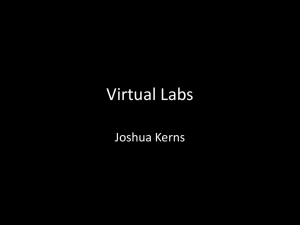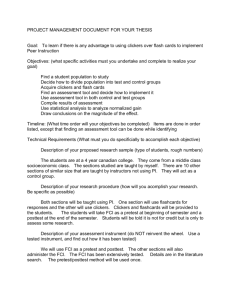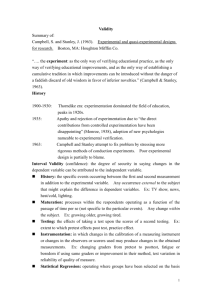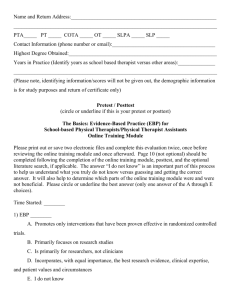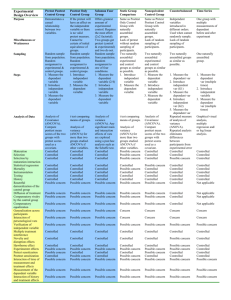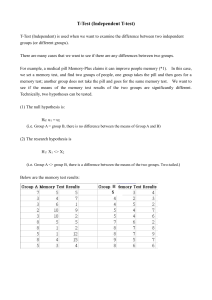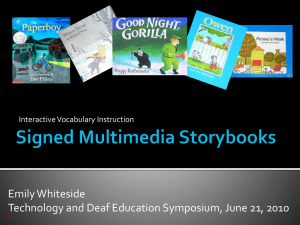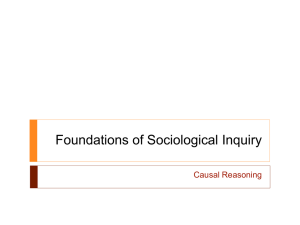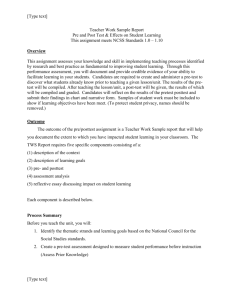Other side - Uni
advertisement
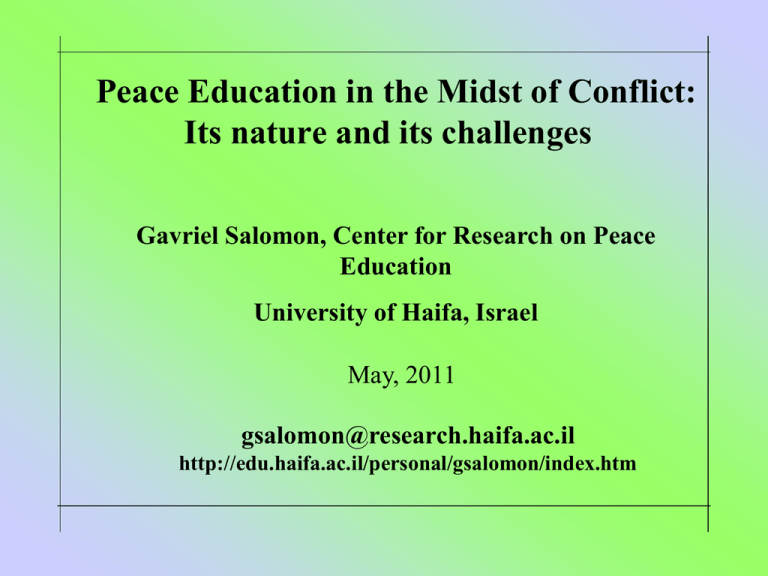
Peace Education in the Midst of Conflict: Its nature and its challenges Gavriel Salomon, Center for Research on Peace Education University of Haifa, Israel May, 2011 gsalomon@research.haifa.ac.il http://edu.haifa.ac.il/personal/gsalomon/index.htm Two Implications 1. Deligitimization and dehumanization of the other side Accept the legitimacy of the “other’s” collective narrative Acknowledge one’s own role in the conflict Develop empathy for the “other’s” suffering and fears Develop positive mindsets toward the “Other side” Acknowledging one’s own role in the conflict • Develop a more complex identity • Come to see the two sided nature of the conflict Empathy • Come to understand the other side • Come to feel the other side • Humanize; reduce stereotypes & prejudices Develop positive mindsets toward the “Other side” • Acquire relevant attitudes • Acquire relevant skills & behavior tendencies Barriers facing peace education Roadblocks facing peace education 1. Conflicting collective historical memories 2. Conflicting collective beliefs Typical (symmetrical!) beliefs We are right and our goals are just They pursue illegitimate goals We are the victims; we only respond Even when we do harm, it is they to blame If they’d only listen to us… we are so moderate They only understand the language of force 3. Grave inequalities 4. Excessive emotionality 5. A Belligerent Environment “Until yesterday I hated them Until yesterday I hated them, but now, but now, I spent after I spent a weekend withafter them, I a weekend with them, I understand why... understand why...” A participant in an encounter group Nevertheless… Percent of "positive Peace" (N=819) (Biton, 2002) 40 35 30 Posttest 25 20 Pretest 15 10 5 0 Israelis Palestinians Non-Participants Israelis Palestinians Participants Percent advocating war as a strategy for peace (Biton, 2002) 60 50 Participants 40 30 NonParticipants 20 10 0 Pretest Posttest Does Friendship Between Adversaries Generalize? (Bar-Natan, 2005) Pretest Posttest Bi- and Uni-National Football Clubs: Negative Emotions Toward The Other (Zuabi, 2008) 4.5 4 3.5 3 2.5 2 1.5 1 0.5 0 Pre Test Bi-National Jewish Post Test Bi-National Arabs Delayed Post test Uni-National Jewish Uni-National Arabs But… Declining impact of the PE program (Rosen, 2006) 4 t=.0.21, ns 3.5 3.32 3.38 3 Central t=3.73** 2.5 2 Peripheral 2.47 2.13 1.5 Post-test1 Post-test2 Does Friendship Between Adversaries Generalize? (Bar-Natan, 2005) Pretest Posttest Delayed Posttest Peace education is a subversive activity; the attitudes, perceptions and beliefs it affects are extremely vulnerable to opposing social and political forces What then would make peace education effective during conflict? Our challenge today is not just to create changes of perceptions, beliefs, attitudes and behaviors, but to learn how to sustain them over time and against opposing forces The Impact of Induced-Compliance activity on the Importance of the Peripheral Beliefs from the Palestinian Narrative - Jewish Participants 5.00 4.50 4.00 3.14 3.50 2.85 3.00 2.50 2.11 2.83 2.00 1.50 2.27 2.24 2.03 2.12 1.00 Pretest (before the program) Posttest1 (after the program) Posttest2 Posttest2 (3 (after 2 month) month after the IC) Participated in PE program not participated in IC Participated in PE program and participated in IC Apply a differential approach to the different groups One size does not fit all… Strengthening One’s own Collective N. Legitimizng The other’s Collective N. ARABS JEWS Create a social ripple effect: Multiply the number of peace education partners Thank you So, does peace education make a difference? • Yes, it does, even during outbursts of violence • Effects disappear after a short while • Effects are moderated by initial views • Peace Education may be a barrier against deterioration • Strong positive emotions appear to support change We all walk on our own path, but it is when we step off that path that we really get to know each other! Arundel Begbie
